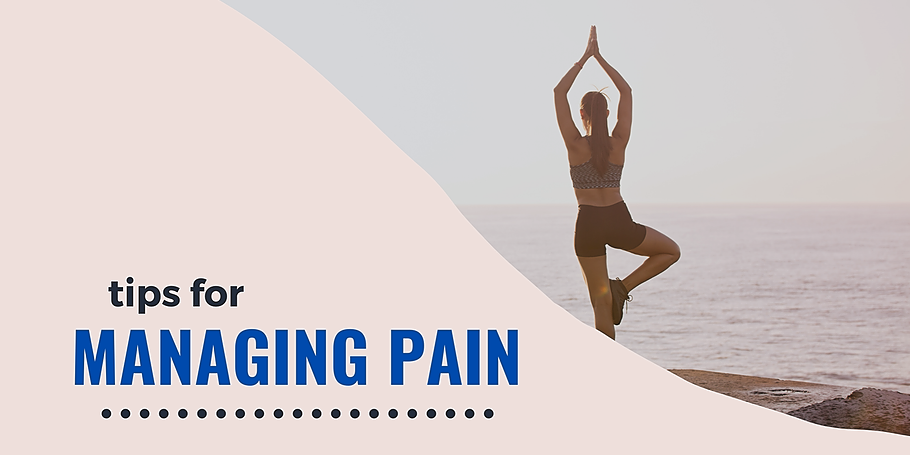If you are experiencing chronic pain, here are a few strategies and activities you can try on your own. These techniques, when used together consistently, may help manage chronic pain.
Stretch, Practice Good Posture, and Move Gently: Try full body stretches or gentle yoga for about 10 to 15 minutes daily.
Stay Active: An activity routine, as recommended by your healthcare provider, can strengthen muscles, improve mood, and distract from pain.
Reduce Stress and Practice Relaxation Techniques: This can include the use of relaxed breathing, muscle relaxation, or mindfulness. Smartphone applications that focus on relaxation and mindfulness can be useful for this.
Pace Yourself: Doing too much or too little can increase pain. Daily planning with a balance of daily tasks, recreation, and other responsibilities can help with structure and routine. Taking breaks before the pain level is too high can decrease the frustration that may happen with a pain flare.
Maintain a Positive Outlook by Scheduling Enjoyable Activities: Managing pain often means creating opportunities to be positive. Taking part in enjoyable activities has been shown to decrease the effects of pain signals in the body.
Stay Connected with Others: Spending time with friends and family, in person or via video chat, can decrease focus on pain.
Get the Sleep you Need: Poor sleep often can worsen pain. Good sleep hygiene, relaxation techniques, and a calming nighttime routine can improve sleep.
These tools are a great place to start addressing your chronic pain on your own. However, it may not be enough. A pain management team can help diagnose the causes of your pain and develop a personalized treatment plan to get you back in the game. Ask your physician for a referral today.
-Andrius Giedraitis, MD













